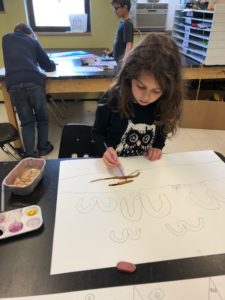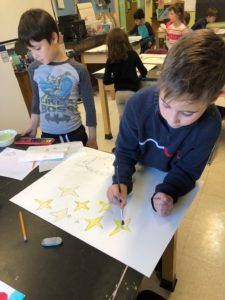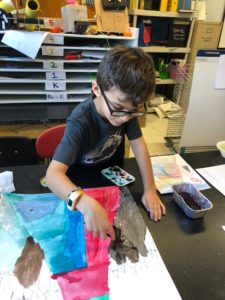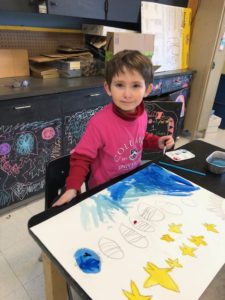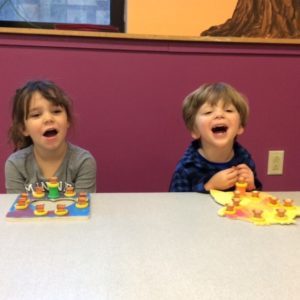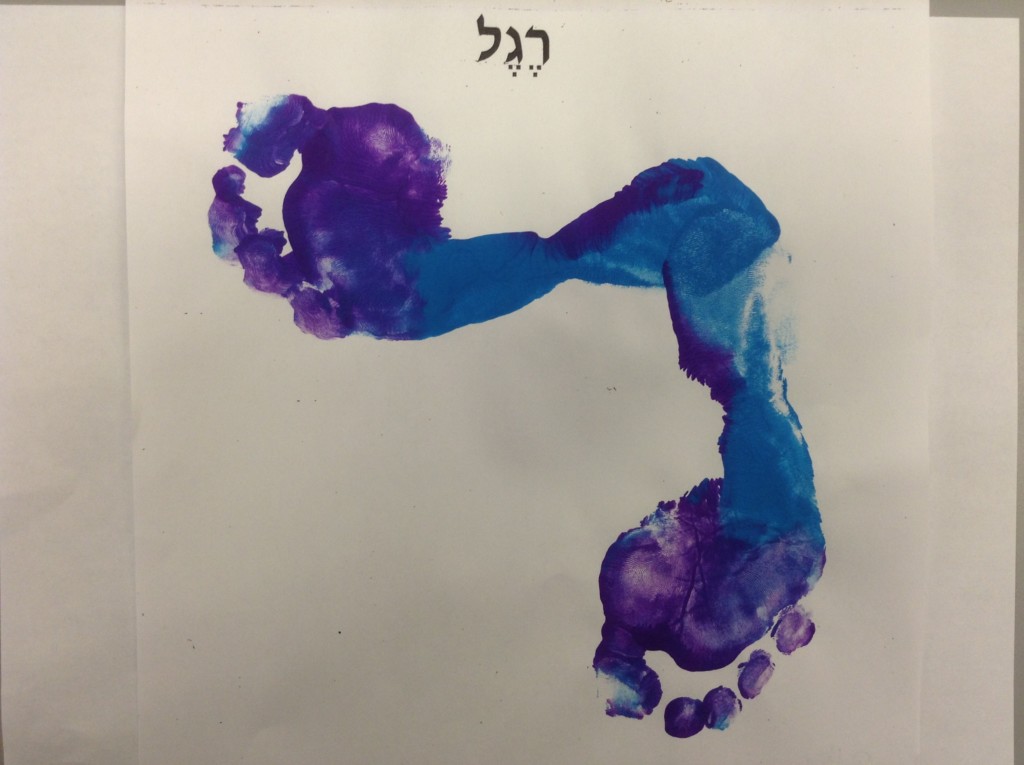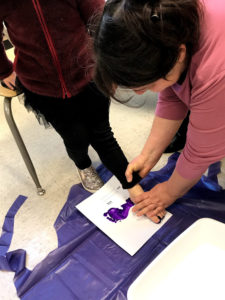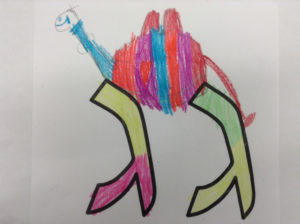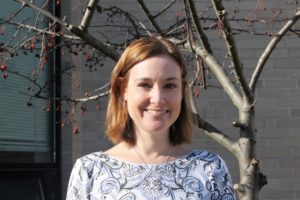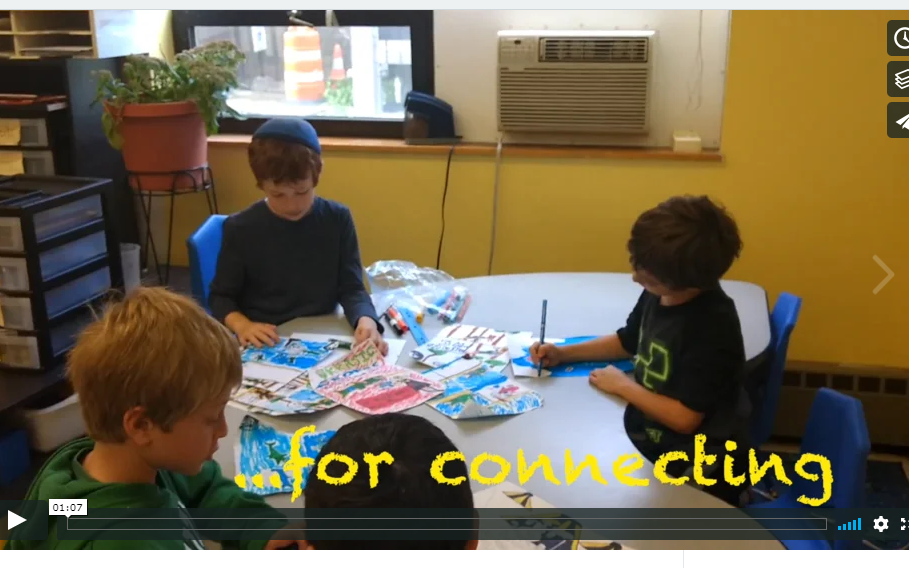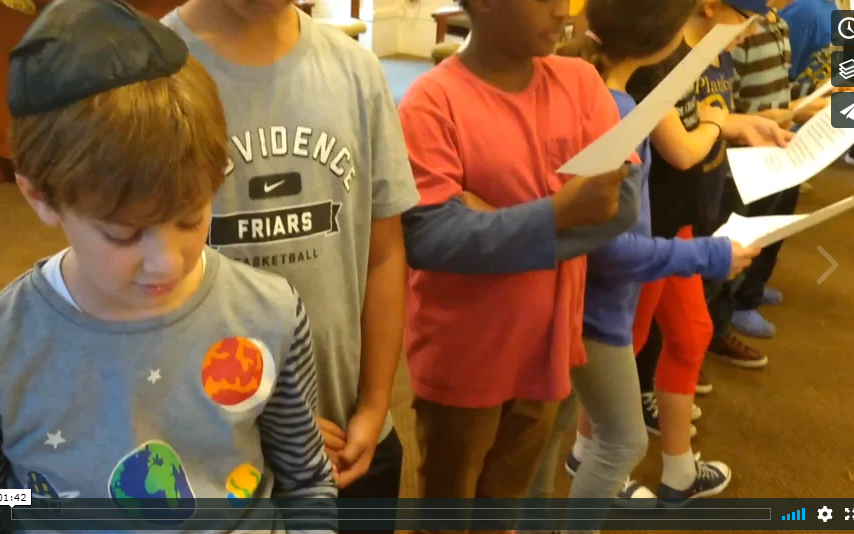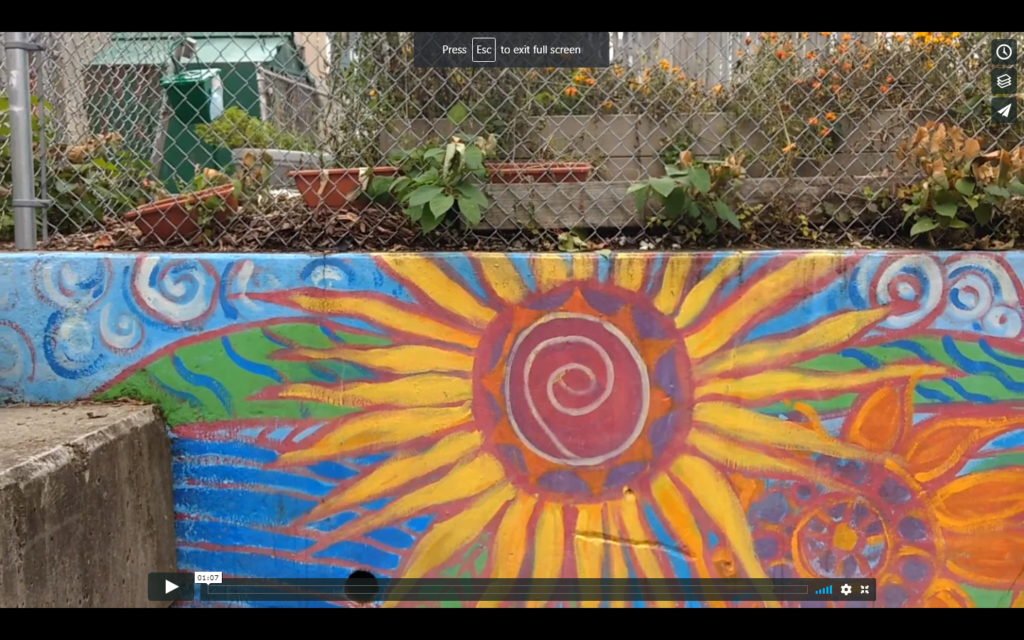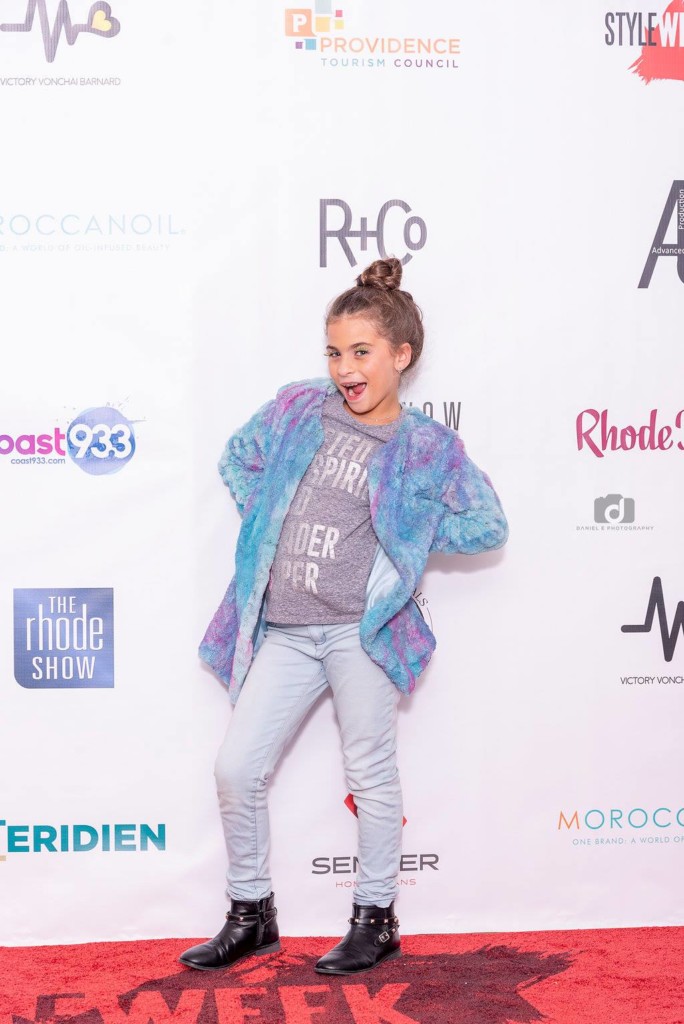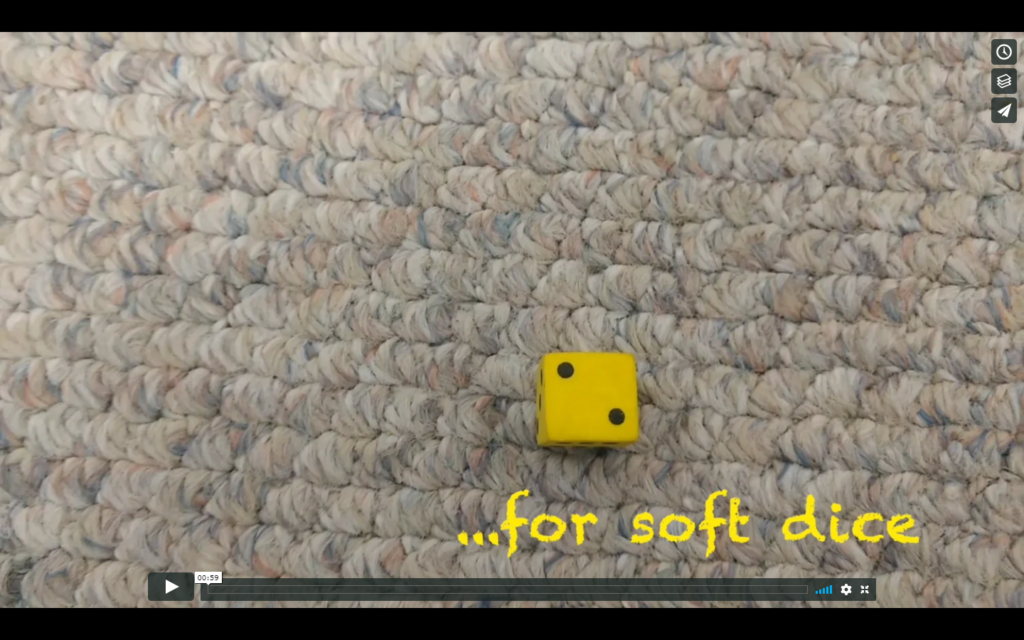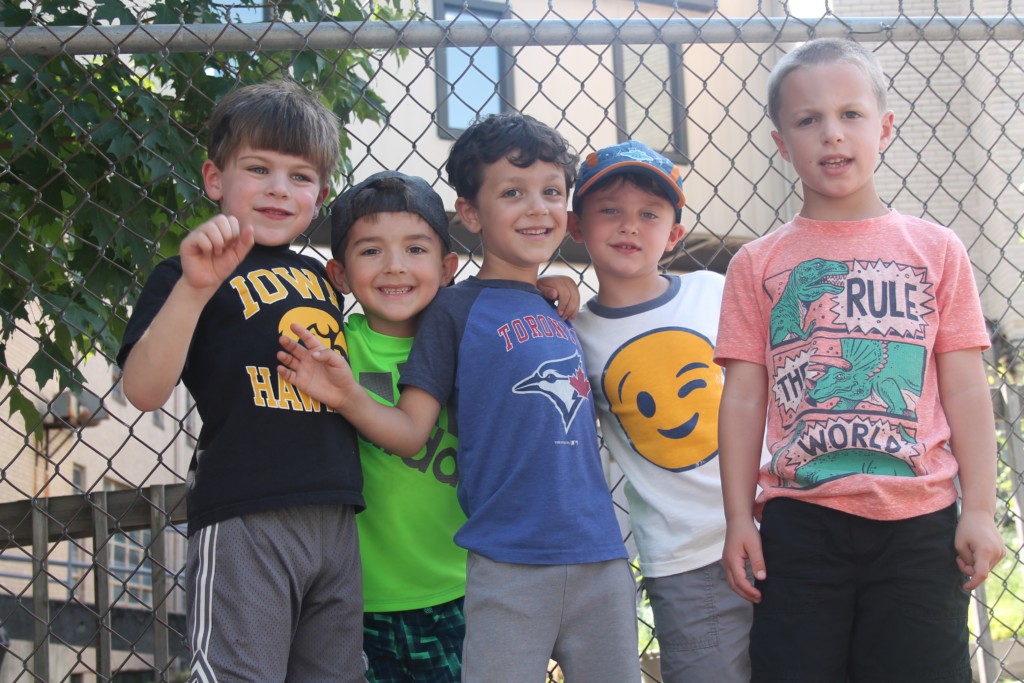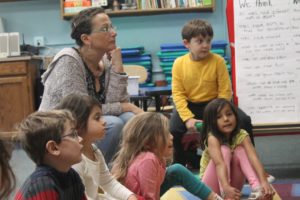 Second grade students completed beautiful nature-themed watercolors with specific direction from our art teacher, Mr. Mirsky. He introduced students to a number of techniques including using salt to create a marble effect and using a straw to spread the paint into thin lines. These paintings have been paired with Haikus that the students wrote during their poetry unit. They are on display in our school’s main hallway. Visitors are in for a treat!
Second grade students completed beautiful nature-themed watercolors with specific direction from our art teacher, Mr. Mirsky. He introduced students to a number of techniques including using salt to create a marble effect and using a straw to spread the paint into thin lines. These paintings have been paired with Haikus that the students wrote during their poetry unit. They are on display in our school’s main hallway. Visitors are in for a treat!
It’s great to have life
Fresh air water crunchy leaves
Fit peace in your life
Good smelling flowers
Blue jays flying in the sky
Bright stars in the sky
Stars are in the sky
Bees pollinating flowers
Sheep in their warm wool
The mountains are cool
Rocks are different colors
Climb the steep mountain

